Creep of Concrete: Definition, Mechanisms, Effects & Long-Term Deflection Explained
Table of Contents
Creep of Concrete: Definition, Mechanisms, Effects & Long-Term Deflection Explained
- Under sustained compressive loading (and sometimes tensile loading as well), deformation in concrete increases with time, even though the applied stress level remains unchanged.
- The time-dependent component of strain is called creep.
- Creep is generally due to dead load + permanent live load.
- Creep depends on the applied stress level; i.e., the higher the applied stress, the higher the creep.
- The exact mechanism of creep is not clear, but it is generally attributed to:
- Internal movement of adsorbed water
- Sliding between gel particles (C-S-H gel)
- Moisture loss
- Growth in micro-cracks
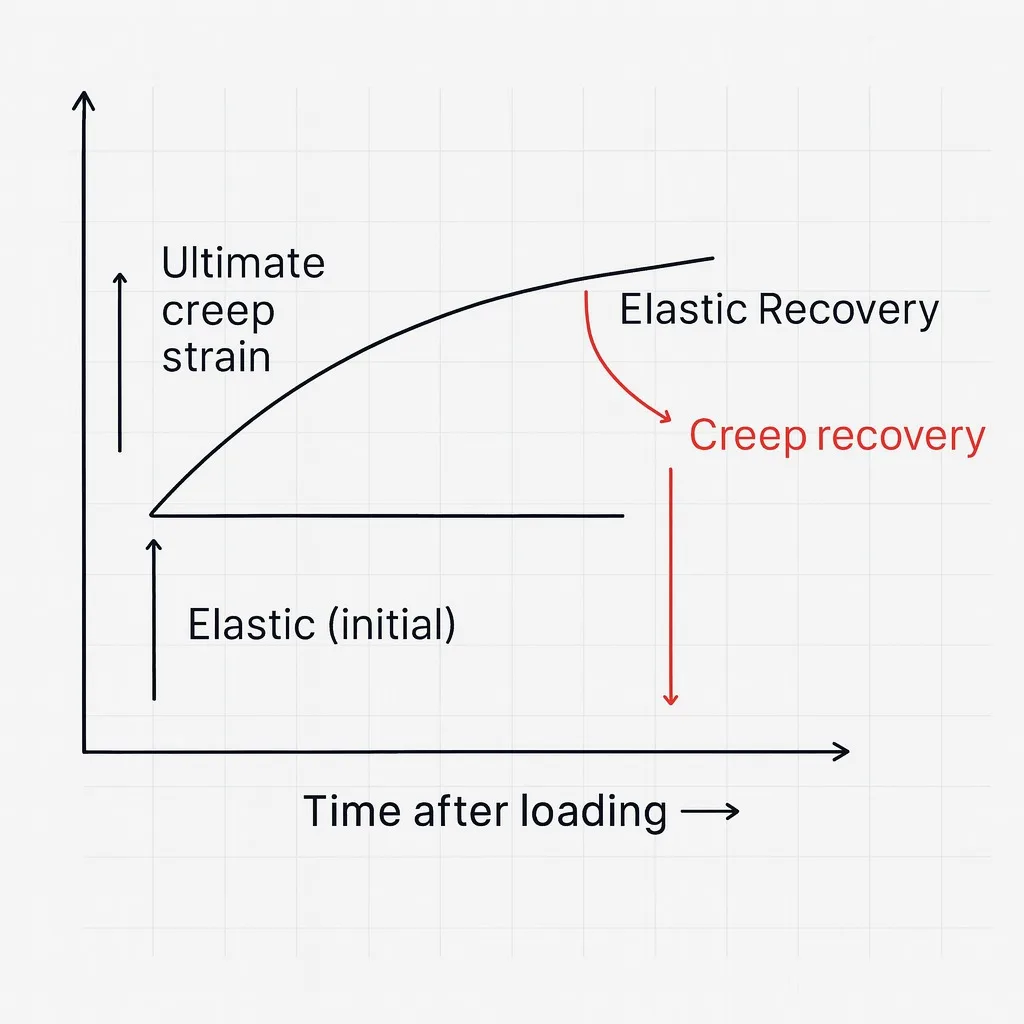
Total strain at any time (t) = E_i+E_i\times C_t
= (1+C_t)E_t ,
Ultimate \: Creep \ Cofficient \:(\theta) \: = \frac{Ultimate \: Creep \: Strain}{Elastic \: Strain} ,
E_i \rangle E_R \longrightarrow for concrete
\delta_i = \frac{5}{384} \frac{Wl^4}{EI} ; E= 5000 \sqrt{F_{ck}} 10day
\delta_i = \frac{5}{384} \frac{Wl^4}{EI} ; E= 5000 \sqrt{F_{ck}} 50years
NOTE
- Due to E↑ of concrete with time recovery (elastic) will be less than deformation at 0 days.
- As long as the stress in concrete doesn’t exceed 1/3rd of its characteristic compressive strength (that is generally in service load condition) creep may be assumed to be proportional to the stress. This enables us to calculate the total deflection (initial + creep) by the linear elastic principle with reduced modulus.
Que: Calculate the total deflection, i.e., initial + creep, for the below given structure, assuming the ultimate creep coefficient as θ and a linear elastic material for the given load.
\delta_{total} = \delta_{initial} + \delta_{creep} ;
\theta = \frac{ultimate \: creep \: strain}{Elastic \: strain}\delta_{initial} = \frac{PL}{AE} = \delta_{elastic} ;
\delta_{initial} = \frac{PL\theta}{AE} ;
\delta_{initial} = \frac{PL\theta}{AE} + \frac{PL}{AE} ;
= \frac{PL}{AE}(1 + \theta)
long term modulus of elasticity including the effect of creep in Ecc and E_{cc} = \frac{PL}{A(E/(1+\theta))}
Ec- short-term modulus
\theta – ultimate creep coefficient
Ecc is not the actual property of concrete; it is the reduced or effective modulus of elasticity taking into account the long-term effect of creep.
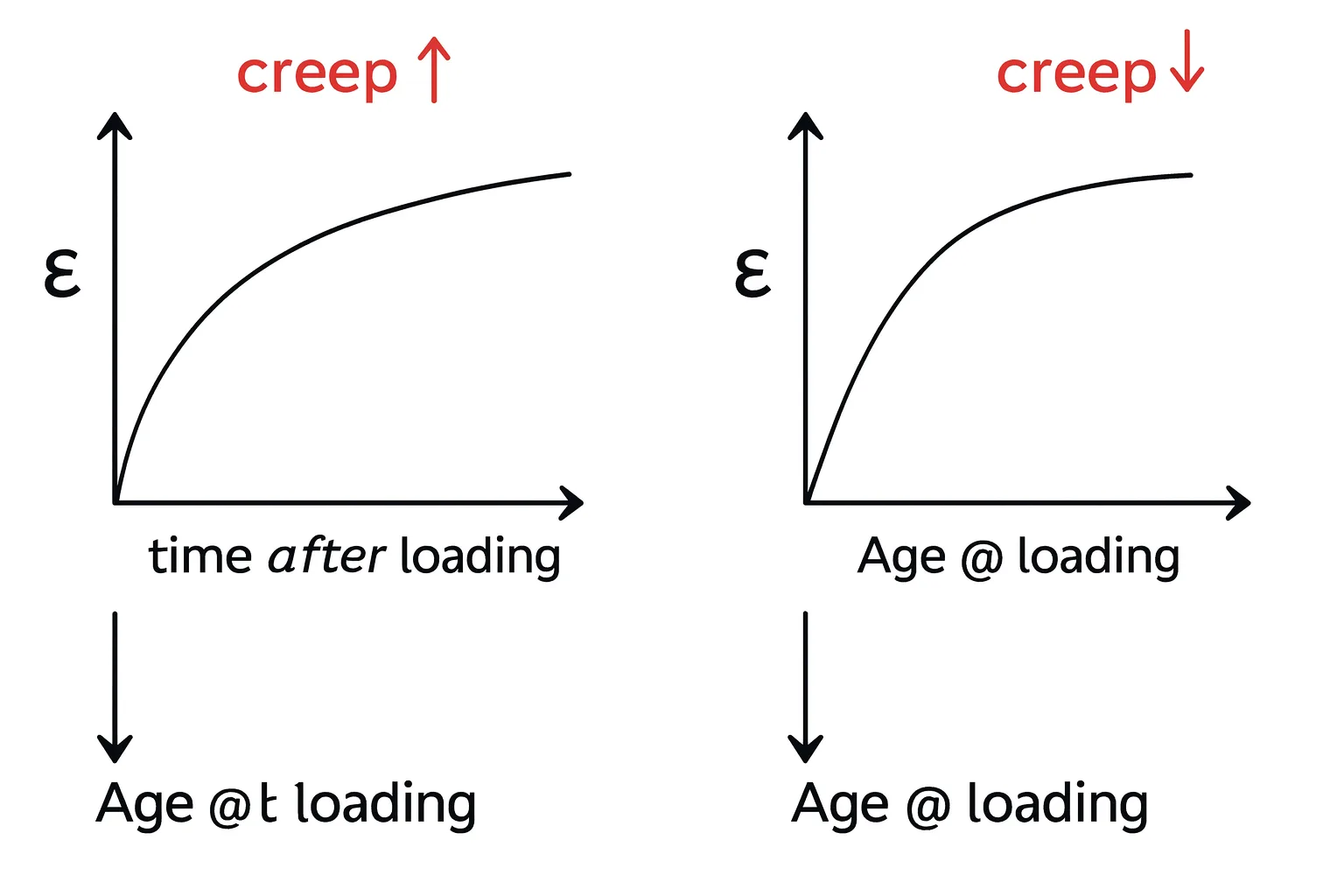
| Age @ loading | \theta |
| 7 days | 2.2 |
| 28 days | 1.6 |
| 1 Year | 1.1 |
For a different age of loading, \theta can be obtained by interpolation assuming that \theta decreased linearly with the logarithm of time in case days
Effects of Creep
The detrimental effects are –
- Increased deflection of beams and slabs
- Increased deflection of the cylinder column
- Loss of prestress
- Gradual transfer of load from concrete to $R/F$ steel in the compression member
Effects of Creep in Flexure Member
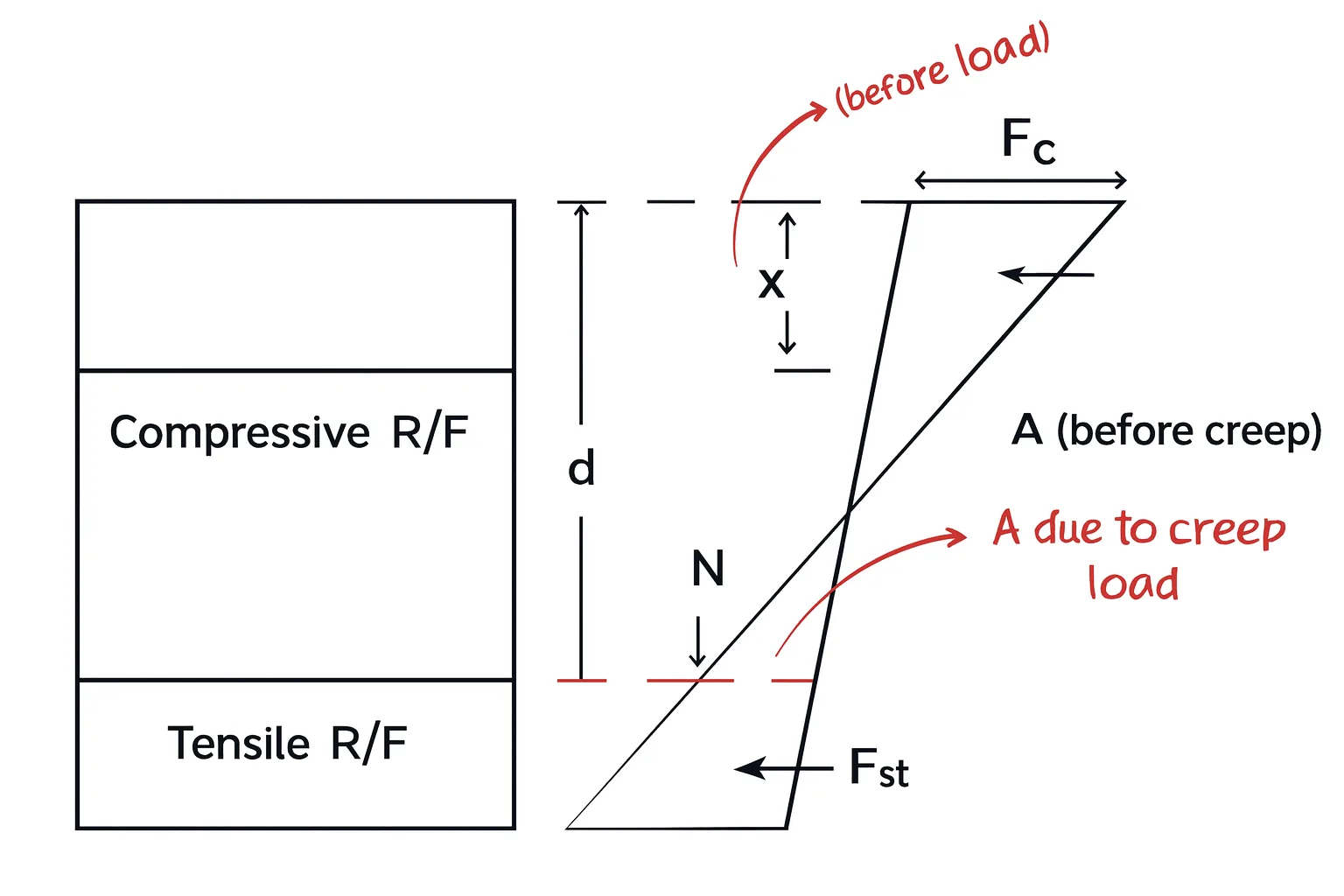
NOTE:-
- Due to creep, compressive strain in compression P/F \uparrow and tensile strain in tensile steel incresed.
- Presence of compression R/F reduces creep effect.
- Some creep effects are beneficial like reduction of stress due to support movement.
Creep deflection and Elastice deflection are additive.
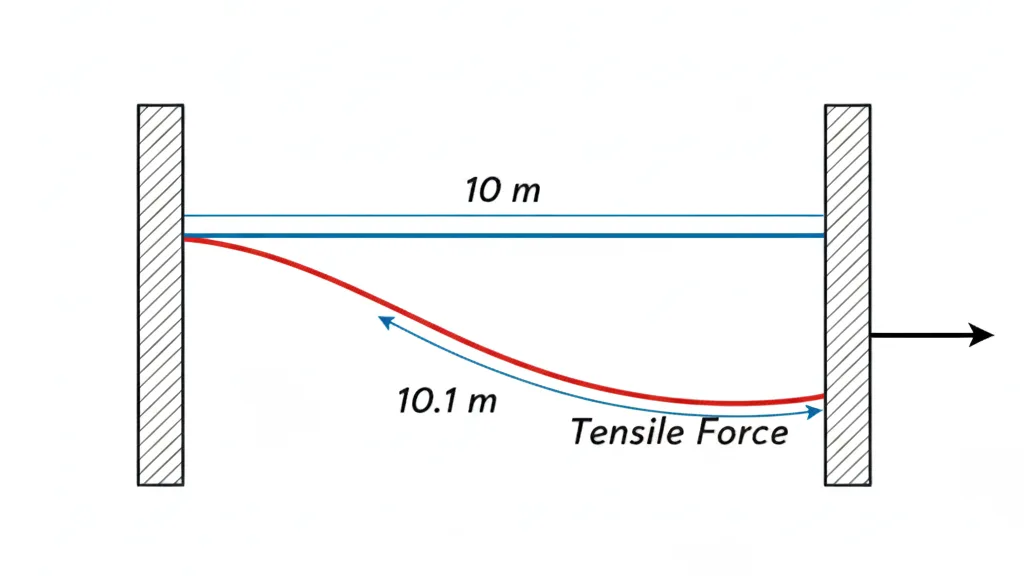
Due to tensile creep, the length of the member will increase, which is beneficial for support and the member.
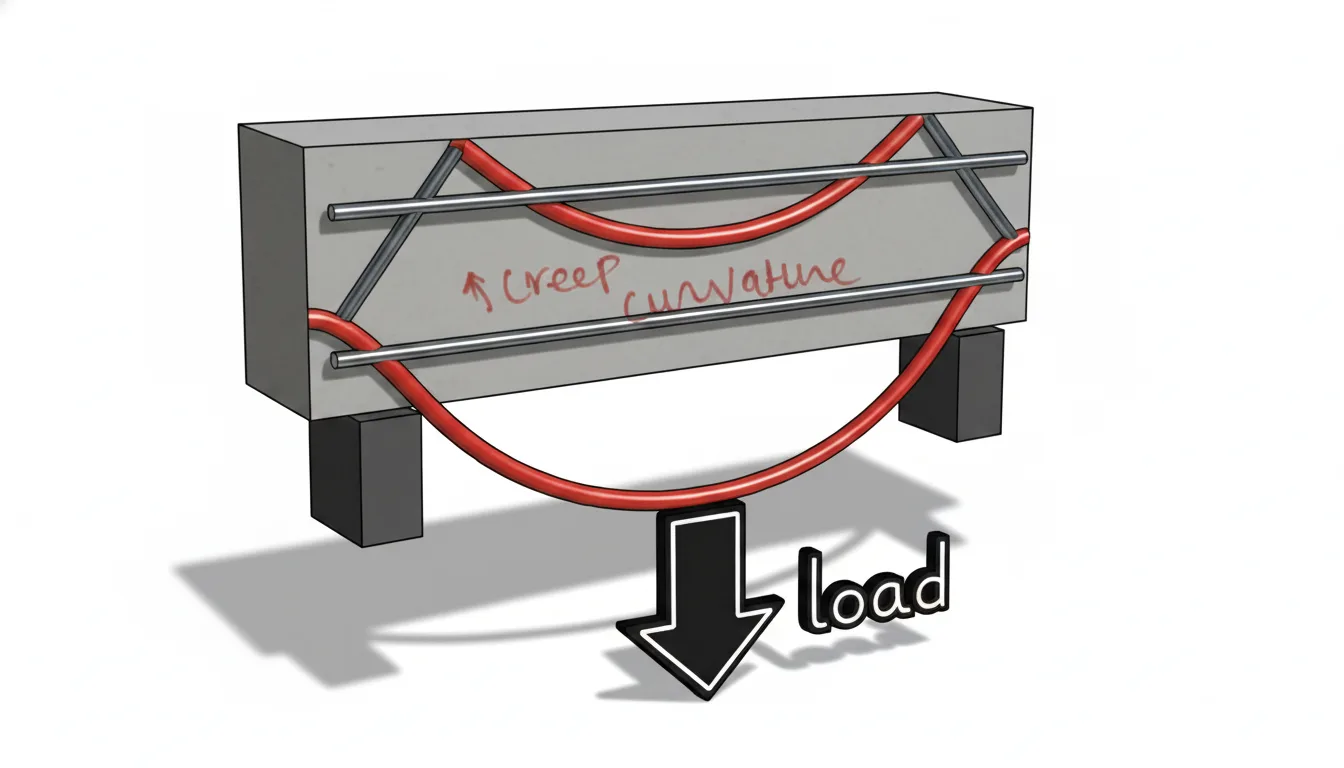
Factors Affecting Creep:-
In General, Creep increased when
- Cement content is high
- Aggregate Content is low
- W/C Ratio is high
- High Volume of air
- RH is low
- The temperature is high
- The size/thickness of the member is small
- Loading occurs @ an early age.
- Loading is sustained over a long period of time
Creep of Concrete: Definition, Mechanisms, Effects & Long-Term Deflection Explained
FAQs
1. What is creep in concrete?
Ans:- Creep is the gradual increase in strain under sustained loading, even when stress remains constant.
2. What causes creep in concrete?
Ans:- Movement of water, C-S-H gel sliding, micro-cracking, temperature, humidity, and load duration.
3. Does concrete creep in tension?
Ans:- Yes, though compressive creep is more common, tensile creep also exists.
4. What is the typical creep coefficient?
Ans:- Between 1.1 and 2.2, depending on the age at loading.
5. How do you calculate creep deflection?
Ans:- \delta_{total} = \frac{PL}{AE}(1 + \theta)
- What are the Abutments? Know Its Types & Functions with suitable example:- https://engineerlatest.com/what-are-the-abutments-know-its-types-functions-with-suitable-example/
- Characteristic of an ideal site for a Bridge:- https://engineerlatest.com/characteristic-of-an-ideal-site-for-a-bridge/
- The Arch bridges and Cantilever Bridges:- https://engineerlatest.com/the-arch-bridges-and-cantilever-bridges/
- Steel Bridges Types and Benefits:- https://engineerlatest.com/steel-bridges-types-and-benefits/
- Truss Bridges, Types, Design Benefits, and Components Overview:- https://engineerlatest.com/truss-bridges-types-design-benefits-and-components-overview/
- Footings and Foundations Explained: Types, Functions, and IS 456 Guidelines:- https://engineerlatest.com/footings-and-foundations-explained/
- Back Stay Analysis in Tall Buildings | Direct vs Indirect Lateral Load Path Explained:- https://engineerlatest.com/back-stay-analysis-in-tall-buildings-direct-vs-indirect-lateral-load-path-explained/
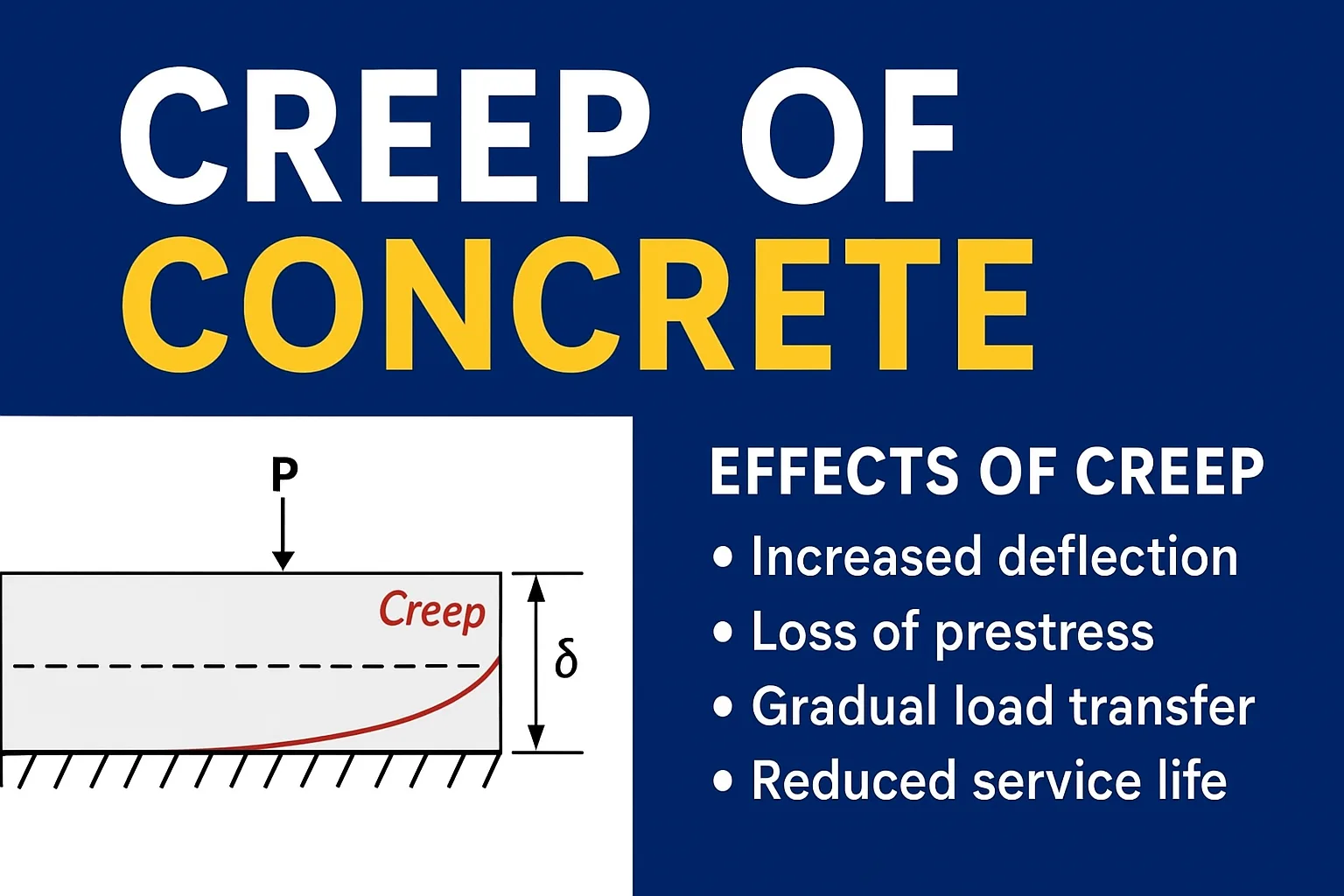

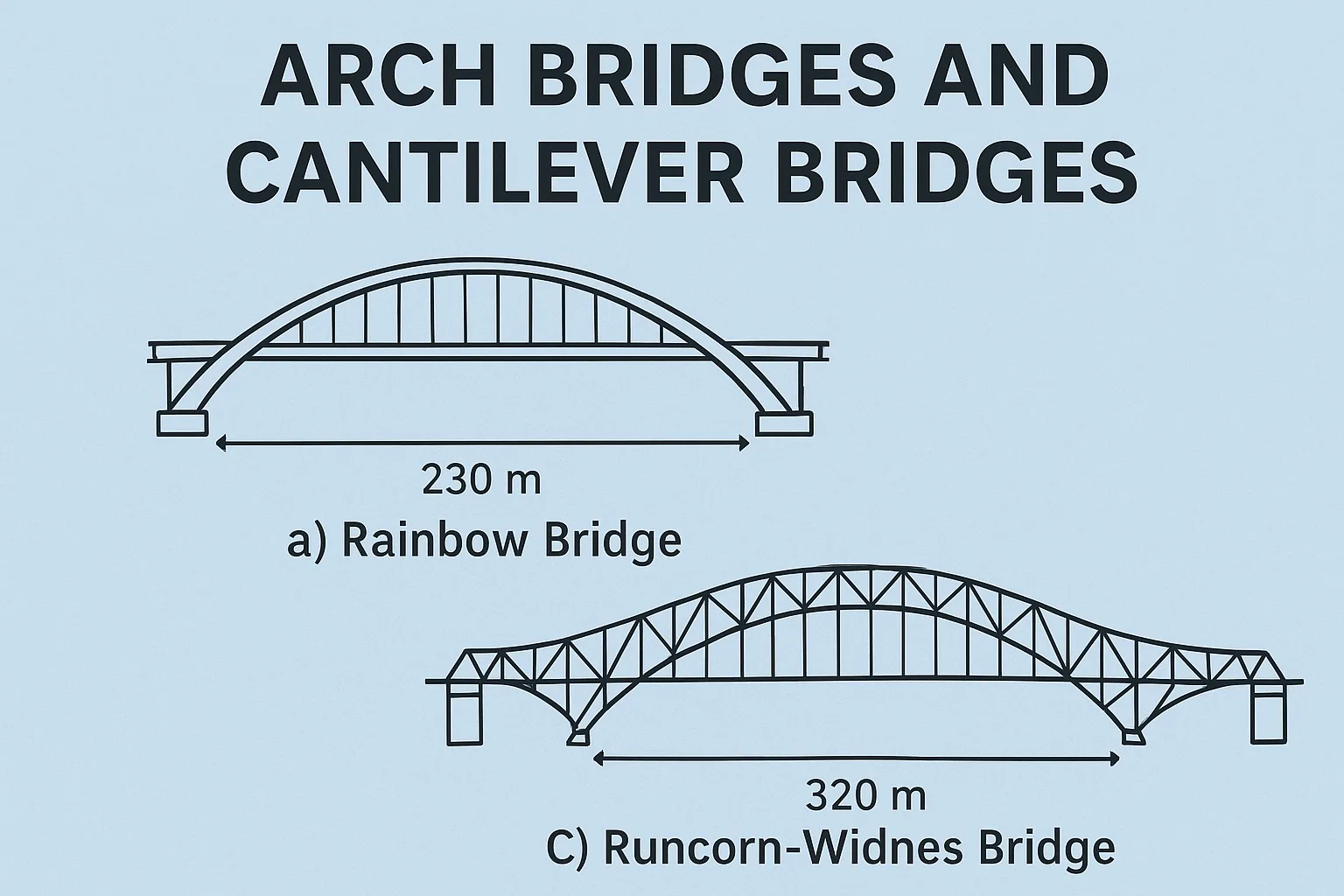

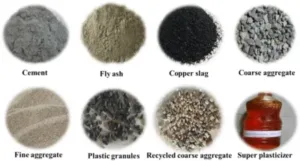
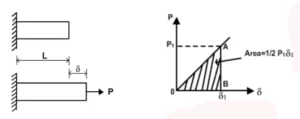



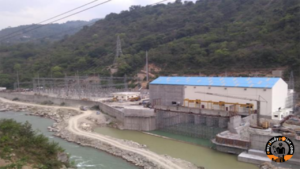
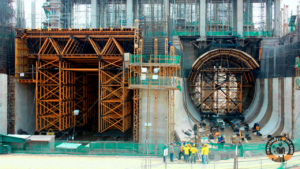

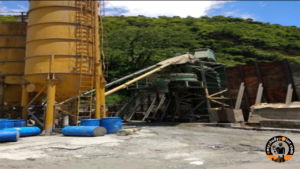
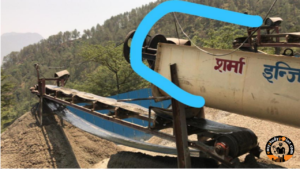
Post Comment